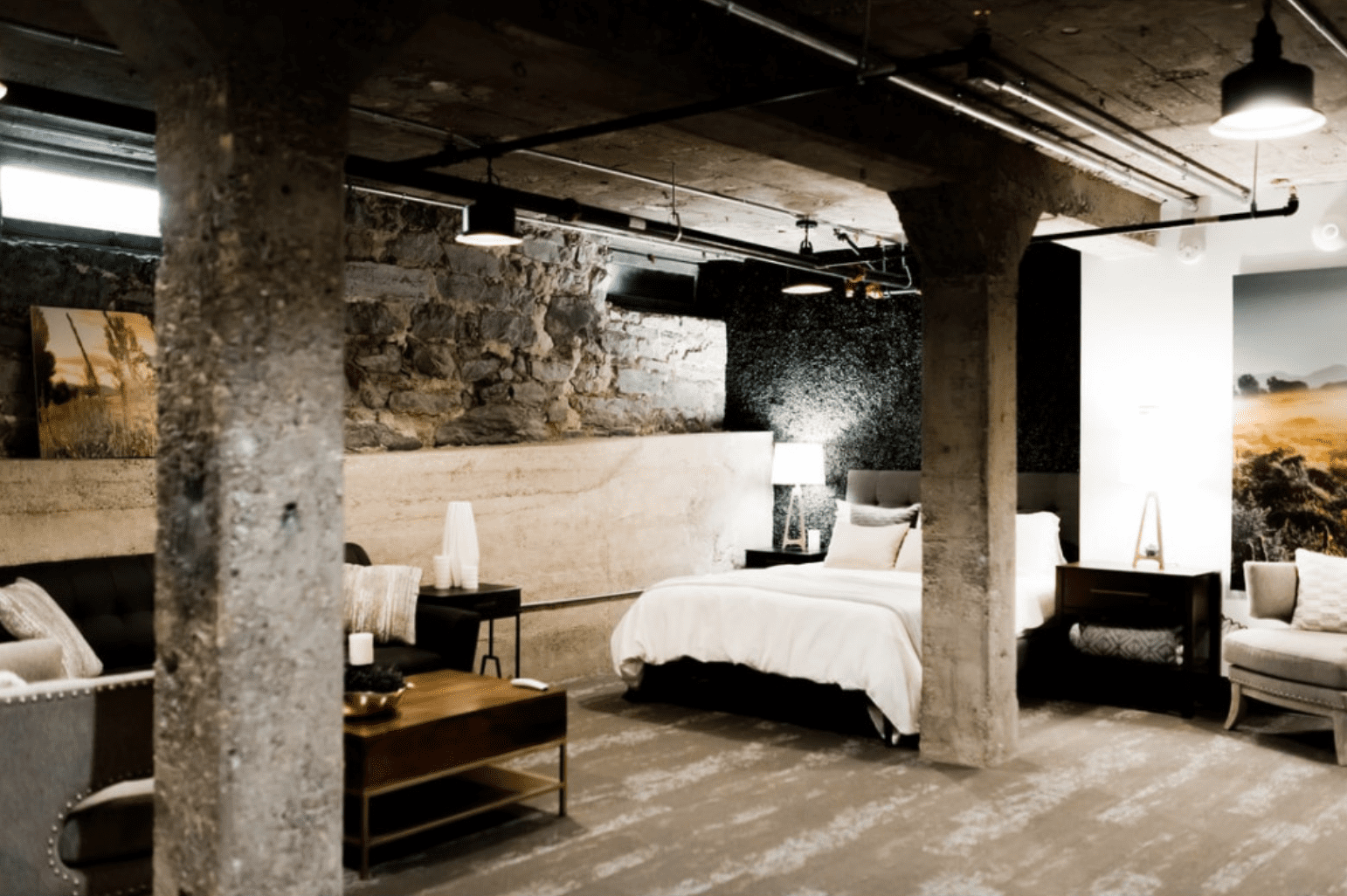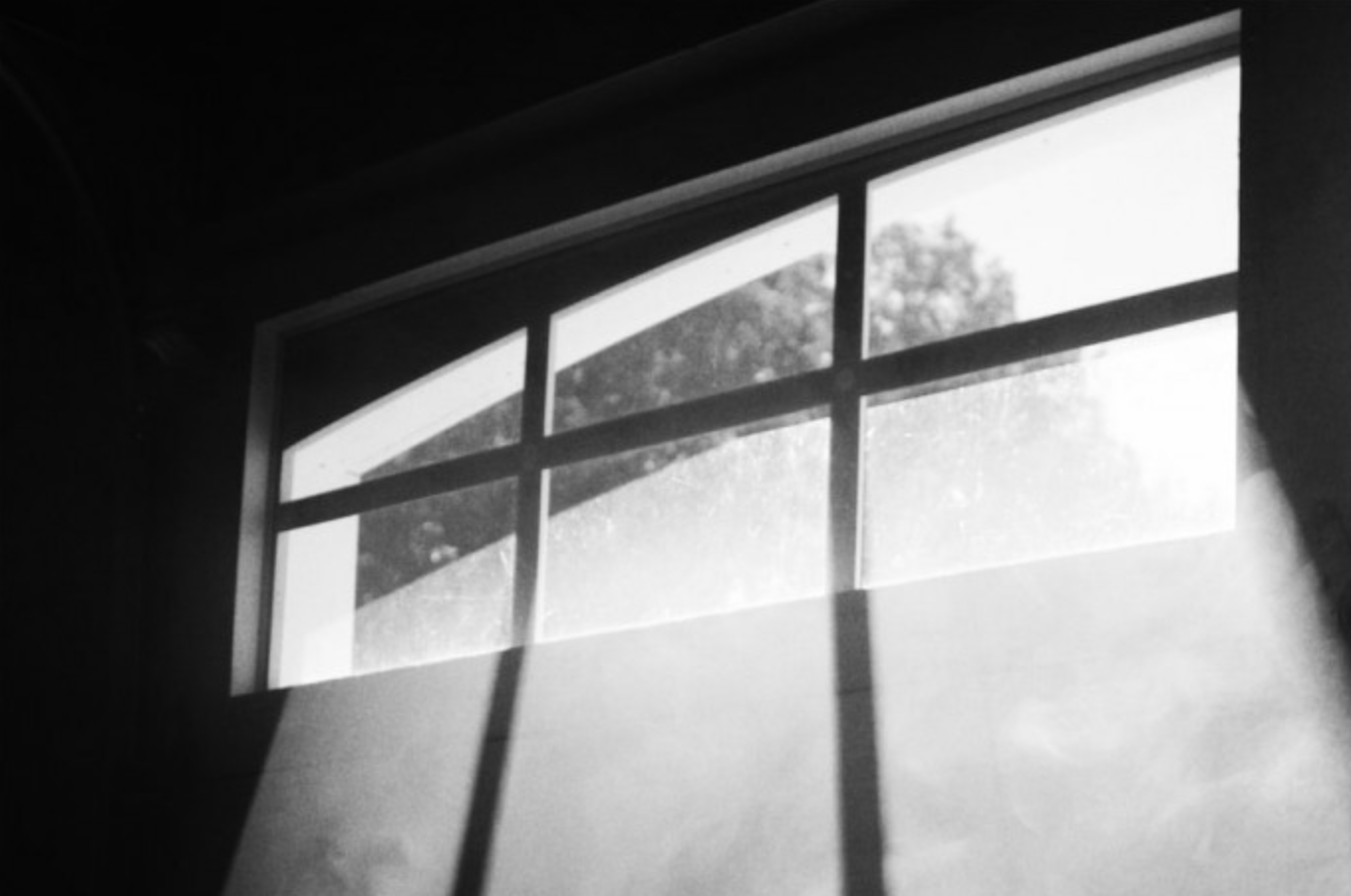We recently had our son and his girlfriend over for a few days, and it was a particularly hot week. So the topic of what is too hot and too cold was front and center. My wife and I already have different ideas of what the right temperature is. So I thought it was a good time to figure out what a reasonable temperature for a house should be, regardless of individual preferences.
The ideal temperature is between 68 and 78 degrees Fahrenheit. You will want it set at 68 degrees in the winter, while in the summer, you can leave it set at 78 degrees—some factors to consider are humidity, the size of the home, and more.
There are a few things to keep in mind when considering reasonable temperatures. First, we need to try to balance comfort with efficiency. Then we also need to understand how the different seasons, daytime vs. nighttime, and other factors impact finding the ideal temperature in the house.
Finally, we can’t forget that there are ways to improve the temperature in your home. For example, you can control the humidity levels in your home or upgrade to a programmable thermostat. You can also use window coverings to help regulate the temperature in your home. Continue reading to learn all about the ideal home temperature and ways that you can achieve it.
What Are the Challenges with Maintaining a Reasonable Home Temperature?
There are a number of challenges that prevent you from maintaining a reasonable home temperature. First of all, the humidity levels in your home can impact how the temperature feels. In the winter, the air is dry. As a result, moisture evaporates more quickly from your body, which makes you feel cold. In the summer, the opposite is true. Higher humidity means that there is moisture in the air, so you feel warmer.
Another challenge with maintaining a reasonable temperature is the size and layout of your home. If you have south-facing windows, you will have more sunlight in the home. However, north-facing rooms may feel cooler. You also need to consider your health and your age, as older people, younger children, and people who aren’t well prefer warmer temperatures.
How Can You Balance the Challenges and Maintain a Reasonable Temperature in Your Home?
One solution to these challenges is to adjust your thermostat and change the settings. However, this is not the most efficient choice, and it can end up costing you a lot of extra money each month. There are other ways to help you feel warmer in the winter and cooler in the summer.
First of all, controlling the humidity in your home will help a great deal. If you have a whole-house humidifier, you will be able to set the temperature lower in the winter without becoming uncomfortable. If you don’t have a whole-house humidifier, you can always use portable humidifiers. In the summer, your exhaust fans in the bathrooms, laundry room, or kitchen can help to control the humidity.
Another way to control the temperature in your home is by breaking it into zones. This way you can choose which sections of the home you need to heat or cool, and you can choose appropriate temperatures. It also helps because you can control the temperature in rooms with large windows without having to change the temperature in the entire house.
You can use your window coverings to maintain a reasonable temperature in your home. In the summer, you can use blinds or close your curtains to prevent the sun from heating your home. In the winter, you will want to open the blinds so that the sun helps to warm your home.
These are all ways that you can control the temperature in your home so that you use your HVAC system efficiently. This will help maintain a reasonable temperature in your home.
Daytime Temperature Versus Nighttime Temperature
In the summer during the day, you will want to keep your thermostat at 78 degrees Fahrenheit. This is the most efficient and cost effective temperature to set for your home. If you feel warm, you can use a ceiling fan, which can make a room feel up to four degrees cooler.
At night in the summer, you will still want to keep the thermostat at 78 degrees, and if it is too warm, you can turn on a ceiling fan. If you live in a climate where it is cooler at night, you might be able to turn your air conditioner off and open the windows while you are sleeping.
The best time to save money on your air conditioner is by setting your thermostat to a higher temperature while you are away during the day or out of town. You can set it as high as 85 to 88 degrees, but you should not turn it off because it can get too hot and humid in the house.
In the winter, you should keep the thermostat at 68 degrees. If you feel cold, you can use a whole house or portable humidifiers to add moisture to the air. This will help you feel warmer. At night, you can actually set the thermostat to 62 degrees. You can use a warm comforter and pajamas to stay warm, and you will keep your energy bills in a reasonable range.
When you are away from the house in the winter, you can set the thermostat to 55 degrees. This will make sure that your pipes don’t freeze, but it won’t use too much energy while nobody is there. If you have a programmable thermostat or a smart thermostat, you can set it to change the temperature back before you arrive home.
Final Words
It is important to be comfortable in your home, but you need to balance comfort with efficiency. If you resort to changing the thermostat every time you feel a little hot or a little cold, your electric bills can be quite expensive. The ideal temperature in the winter is 68 degrees, while it is 78 degrees in the summer. However, it is important to understand that these temperatures can feel warmer or cooler depending on other factors. Consider the time of day, and look at ways to keep the temperature where it is most comfortable. You can install a whole-house humidifier to improve how the temperature feels in the winter and use your ceiling fans to make it feel cooler in the summer. This will save on your energy use and your electric bills, and it will help to ensure that you are comfortable no matter what the season is.
Video Summary
I have created a quick summary video for this blog post. If you like this video, consider subscribing to the House Notebook Youtube Channel.
Related Posts:




